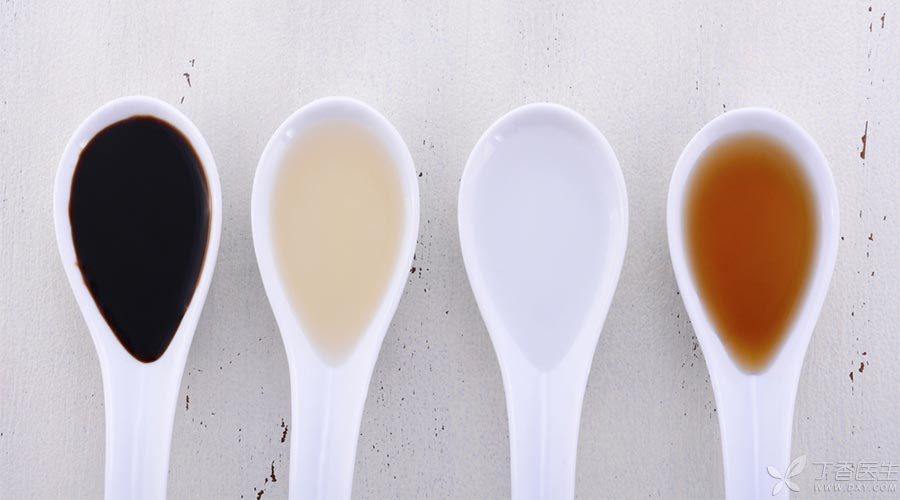
Vinegar is not only a condiment, but also a savior to save loss of appetite on hot days.
Old vinegar patted cucumbers, vinegar slipped potato shreds, sour and spicy powder, vinegar soaked peanuts, sour and spicy chicken feet… Feel at will, saliva has already run straight down like a runaway horse on the tongue coating…
But there are so many kinds of vinegar, how do we choose?
First of all, we must first understand how to be jealous and what kind of vinegar to eat with Dr. Clove.
Is vinegar what?
Vinegar usually contains acetic acid, some also contain a small amount of tartaric acid, citric acid, etc. The higher the acetic acid content, the stronger the sour taste of vinegar.
According to the production method of vinegar, it can be divided into brewed vinegar and synthetic vinegar.
According to the different types in the market, it can be divided into mature vinegar, white vinegar, fragrant vinegar and fruit vinegar.
Vinegar and vinegar, silly can’t tell
Step 1: Mature vinegar
Mature vinegar has the deepest color, the highest acidity and the strongest vinegar flavor.
Therefore, it is suitable for some braised dishes with prominent sour taste and dark color, such as sour and spicy sea cucumber, West Lake vinegar fish, etc.

2. White Vinegar
White vinegar is colorless and transparent, with soft sour taste and a little aroma.
Because the color of white vinegar is lighter, it is more suitable for cold dishes or cuisines with light color, such as vinegar cucumber, sour and spicy cabbage…
We eat noodles outside, and most dumplings with soup are also made of white vinegar.
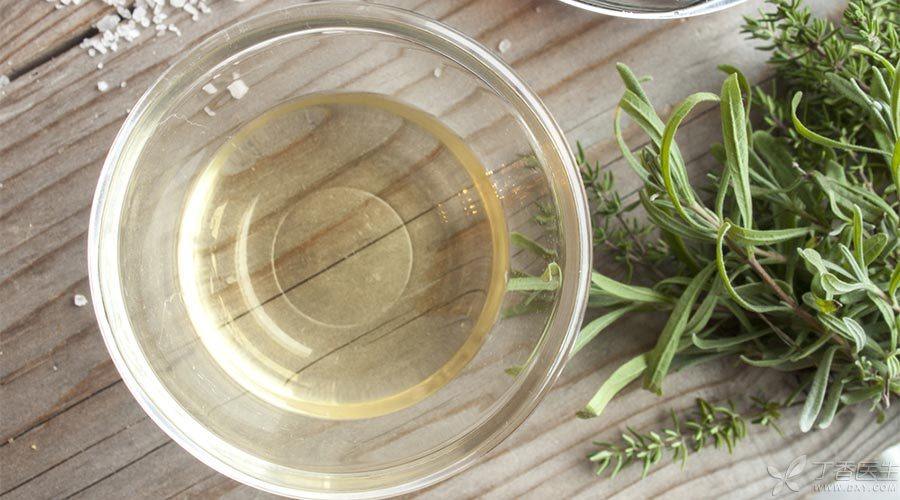
3. Aromatic Vinegar
The vinegar taste of balsamic vinegar is softer, with a little sweet, which has the function of enhancing flavor and aroma.
As high temperature will destroy the fragrance of balsamic vinegar, balsamic vinegar is usually used as cold dishes or dipping juice. Do you still remember the dumplings, steamed buns and hairy crabs that were stained with them?
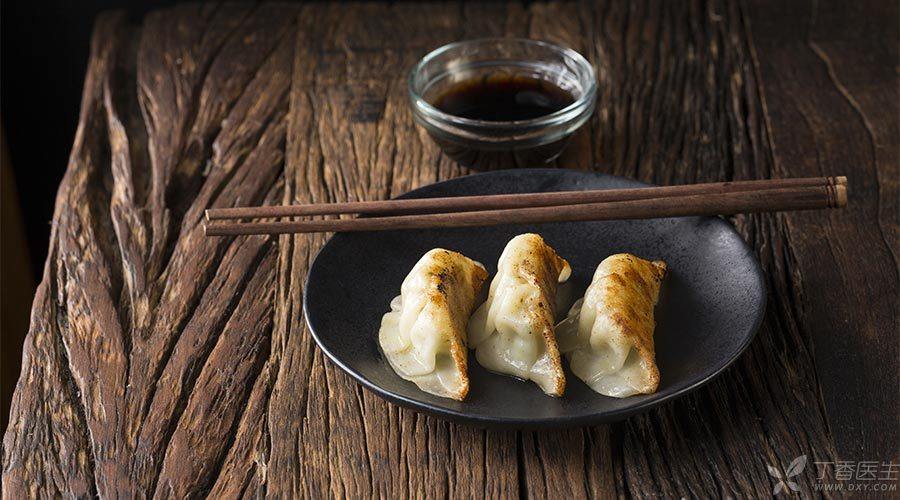
Step 4: Fruit vinegar
Fruit vinegar has a variety of raw materials and can be brewed from grapes, apples, pears, peaches, persimmons, dates, lemons and other fruits. It has the sweetness of natural fruits.
The most popular way to eat is to drink it directly in bottles. However, general western food and refreshing cold dishes are also suitable for fruit vinegar.
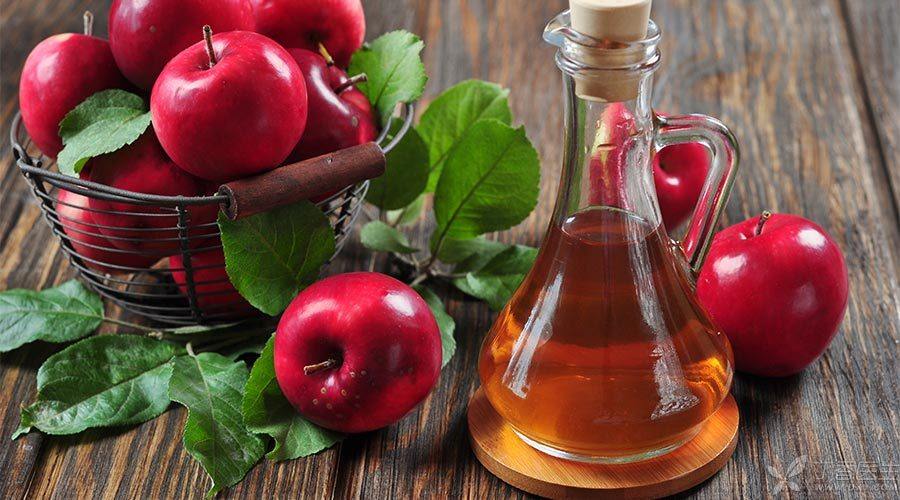
[Blended Vinegar] Is It Better than [Brewed Vinegar]?
Brewed vinegar, that is, traditional vinegar, uses starch as raw material. Under the action of amylase, starch is hydrolyzed into sugar, which is converted into alcohol under the action of other enzymes, and a group of enzymes oxidize alcohol into acetic acid, which is brewed through processes such as post-ripening and aging.
Synthetic vinegar, also known as blended vinegar, is made by blending edible glacial acetic acid with water, sour agent, seasoning, spice and edible pigment.
Nutritionally, brewed vinegar is fermented from food (yellow Liang, yellow rice, glutinous rice, indica rice, etc.) as raw materials and strains, so it does contain certain nutrients, while blended vinegar does not contain nutrients because it is blended.
However, vinegar is mainly used for seasoning. It is better to eat fruits and vegetables with it to supplement nutrition, so any kind of vinegar is actually the same.
As for which legendary health care effects and so many nutrients, what else can we expect from health care?
However, in terms of safety, brewing vinegar is much safer.
There are two kinds of acetic acid in blended vinegar: edible glacial acetic acid and industrial glacial acetic acid.
The acetic acid allowed by the state is edible glacial acetic acid, which does not rule out the use of industrial glacial acetic acid prohibited by some criminals. This is harmful to human body, but as long as it is a qualified product, there is no need to worry about this problem.
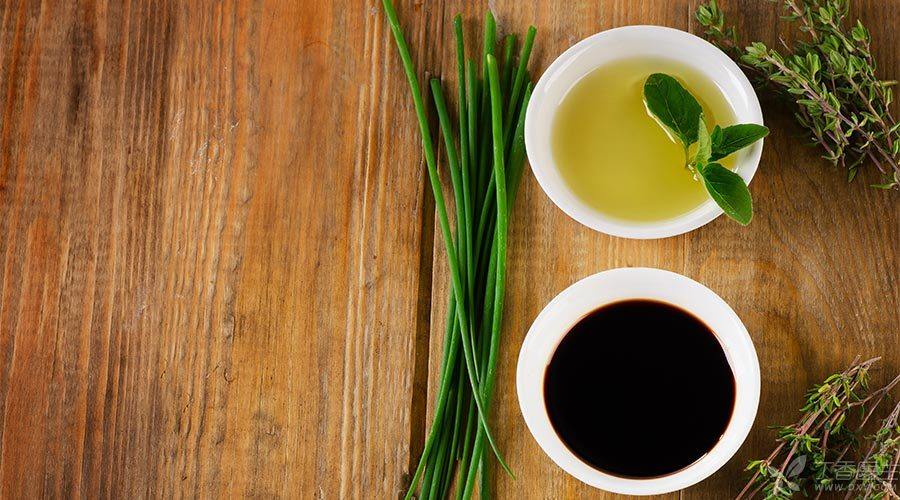
How to choose a good bottle of vinegar?
Step 1 Look
When choosing vinegar, one must first look at the label. Vinegar essence will not appear in the ingredients of fully fermented vinegar.
In addition, look at the body and color. High-quality vinegar should be transparent and clear, with appropriate concentration, free from suspended solids, mildew flowers and floating films.
Step 2 Smell
Smell fragrance, high-quality vinegar vinegar fragrance rich, no pungent odor.
Step 3 Shake
High-quality vinegar will foam after being shaken, and the foam will not disappear at once.
Step 5 Taste
If possible, taste it.
Although the high-quality acetic acid degree is high but not irritating, the sour taste is mild, mellow and light, slightly sweet, and the taste is not astringent.
